Struggling with RA pain? Discover 10 simple tips to ease your discomfort and improve your quality of life
Table of Contents
- Introduction: Understanding Rheumatoid Arthritis
- Eat Healthy Foods
- Try Some Gentle Exercise
- Warm Up Your Joints
- Chill Out the Swell
- Take Breaks Throughout the Day
- Create a Relaxing Sleep Environment
- Explore RA Treatment Options
- Talk with Others Who Understand
- Keep Track of Your Joint Health
- Don’t Forget to Laugh!
- Summary: Recap of Tips to Ease RA Pain
- FAQs
Introduction: Understanding Rheumatoid Arthritis
Rheumatoid arthritis (RA) is a type of auto-immune disease that affects joint health. Imagine your body’s immune system, which is like a protective shield, mistakenly attacking your own joints. This causes inflammation, which leads to pain and stiffness in the affected joints.
Unlike the typical wear-and-tear type of arthritis, RA is caused by your immune system going haywire. It’s like your body’s defenses getting confused and starting a battle where there shouldn’t be one. This ongoing inflammation can damage the joints over time, making it crucial to manage the symptoms of RA effectively.
Eat Healthy Foods
When it comes to managing rheumatoid arthritis (RA) and reducing inflammation that causes joint pain, eating healthy foods can make a big difference. Certain foods are known to be anti-inflammatory, which means they can help calm down the swelling and discomfort in your joints.
Yummy Foods That Are Good for You
Some delicious foods that are great for your joints include colorful fruits and vegetables like berries, kale, and sweet potatoes. These foods are packed with vitamins and antioxidants that can help fight inflammation. You can also enjoy healthy fats like nuts, seeds, and avocados, which can help reduce joint pain. Don’t forget to add some omega-3 fatty acids from fish like salmon or sardines to your diet, as they have been shown to have anti-inflammatory properties.
Try Some Gentle Exercise
It’s important to keep moving, especially if you have rheumatoid arthritis (RA). Gentle exercises can help make your joints feel better and reduce RA pain. Even though you might feel a little stiff at first, moving can actually help to loosen up your joints and make you feel more comfortable.
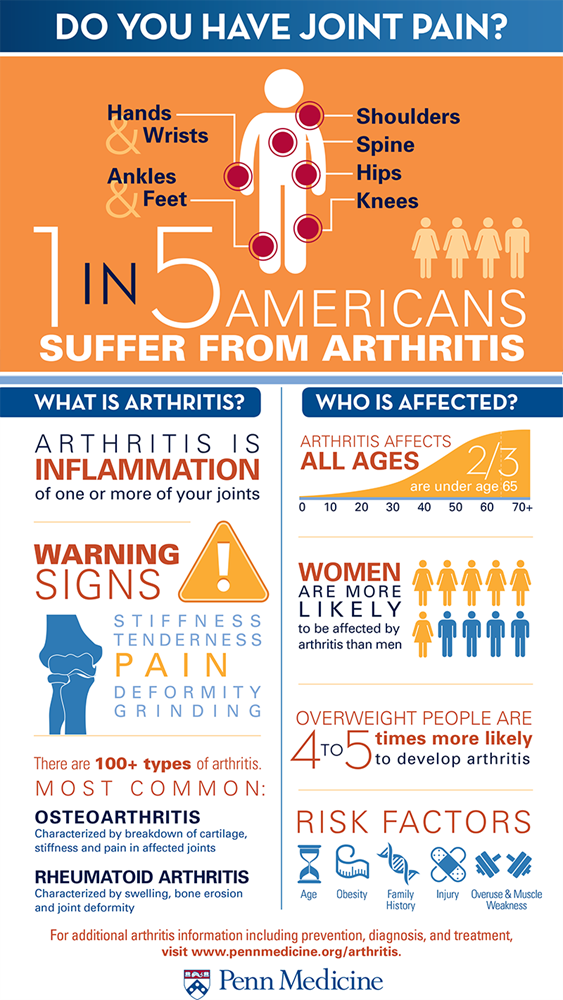
Image courtesy of www.pennmedicine.org via Google Images
Fun Activities to Keep Moving
Here are some fun and easy exercises you can try that are gentle on your joints:
- Walking: Take a stroll around your neighborhood or in a nearby park.
- Swimming: The water can support your body and make it easier to move without putting too much pressure on your joints.
- Yoga: Gentle yoga poses can help stretch your muscles and improve flexibility.
- Biking: Using a stationary bike or going for a bike ride can be a great low-impact exercise.
Remember, it’s essential to listen to your body. If an exercise hurts or makes your joints feel worse, stop and try something else. The goal is to stay active and have fun while taking care of your joints!
Warm Up Your Joints
Inflammation and arthritis pain relief are important factors when dealing with rheumatoid arthritis. One simple and effective way to ease joint pain is by warming up your joints. Applying warmth can provide soothing relief and help reduce discomfort.
Cozy Ways to Soothe Your Joints
There are various cozy ways to warm up your joints and find relief from arthritis pain. One easy method is to take a warm bath or shower. The warm water can help relax your muscles and ease stiffness in your joints. Additionally, using a heating pad or warm blanket on the affected areas can also provide comfort. Make sure the heat is gentle and not too hot to avoid any burns or irritation.
Chill Out the Swell
When your joints are feeling swollen and painful due to rheumatoid arthritis, applying cold treatments can be a game-changer. Cold can help reduce inflammation and provide relief from the discomfort caused by RA. Let’s explore some cool tricks to reduce swelling and alleviate RA pain.
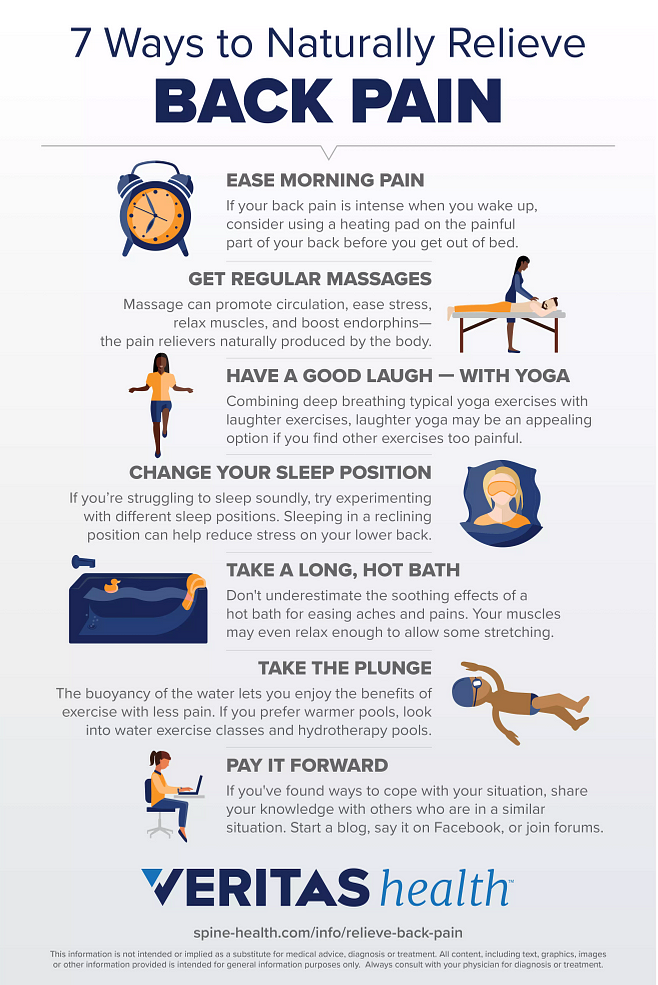
Image courtesy of www.spine-health.com via Google Images
Cool Tricks to Reduce Swelling
If you’re experiencing swollen and achy joints, ice packs can be your best friends. Simply wrap an ice pack in a towel and apply it to the affected area for about 15-20 minutes. This can help numb the pain and decrease swelling. Remember not to apply ice directly to your skin to avoid any frostbite.
Another way to chill out the swell is by using frozen vegetables. Peas or corn can make excellent makeshift ice packs that mold to the shape of your joints. Keep a bag in the freezer specifically for this purpose, so you always have it ready for whenever you need it.
In addition to ice packs, cold therapy sleeves are available in stores and can provide targeted relief to specific joints. These sleeves are designed to be reusable and can be a convenient option for managing swelling on-the-go.
By applying these cold treatments, you can help reduce inflammation, ease swelling, and find relief for your rheumatoid arthritis pain. It’s an easy and effective way to chill out the swell and soothe your joints.
Take Breaks Throughout the Day
Just like superheroes need to recharge their powers, our bodies need breaks too, especially when dealing with joint pain from rheumatoid arthritis. Taking breaks throughout the day is essential to help manage arthritis pain and keep our joints healthy.
Why Rest Is Important
When we have rheumatoid arthritis, our joints can feel stiff and achy. Taking short breaks helps give our joints a chance to relax and recover. It’s like giving them a little vacation so they can feel better and work more efficiently.
Pacing Yourself
Instead of trying to do everything all at once, it’s important to pace ourselves throughout the day. That means taking short breaks between activities to give our joints a chance to rest. By spreading out our tasks and giving ourselves breaks, we can manage our arthritis pain better.
Listening to Your Body
Our bodies are like best friends who try to tell us when they need a break. It’s essential to pay attention to any signals our body sends, like feelings of tiredness or soreness in our joints. When we listen and take breaks when needed, we are helping our joints stay healthy and strong.
Remember, taking breaks throughout the day isn’t just a good idea; it’s an important part of managing rheumatoid arthritis and keeping our joints happy!
Create a Relaxing Sleep Environment
When it comes to taking care of your joints and reducing inflammation, getting a good night’s sleep is crucial. Let’s talk about how your sleep environment can impact your joint health and some tips for creating a relaxing space to help you drift off into dreamland.
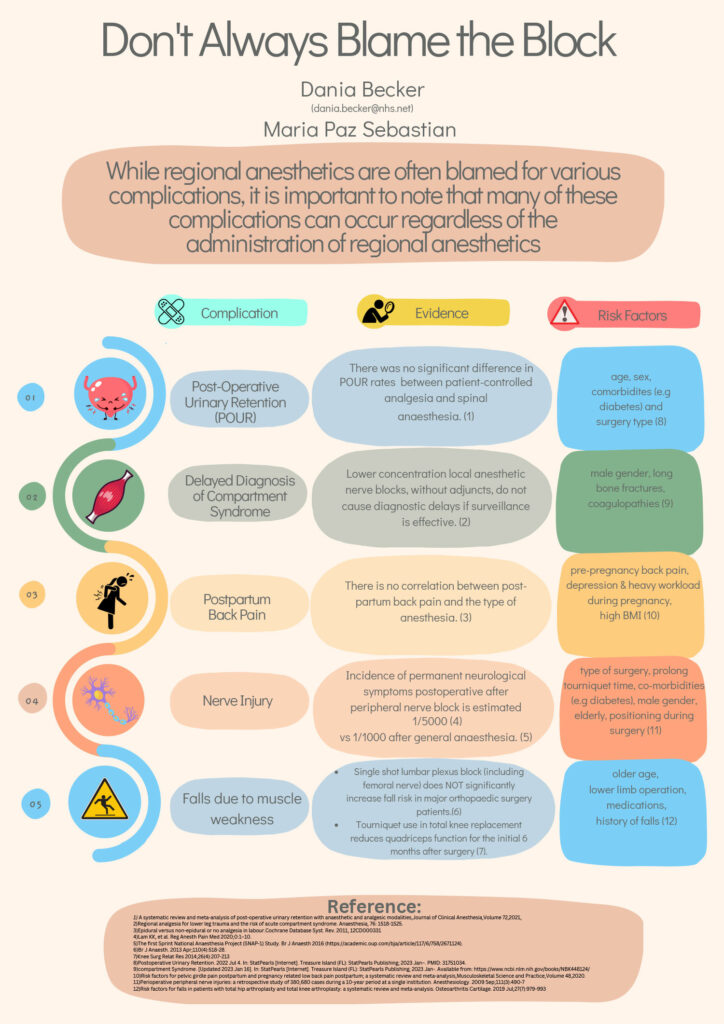
Image courtesy of esraworld2023.com via Google Images
Dreamland Tips for Restful Sleep
Having a cozy bedroom can make a big difference in how well you sleep and how you feel in the morning. Here are some simple ideas to make your sleep environment more relaxing:
- Keep your bedroom cool, quiet, and dark to create the perfect sleeping environment.
- Invest in a comfortable mattress and pillow to support your joints while you sleep.
- Avoid electronics like phones or tablets before bedtime, as the blue light can disrupt your sleep.
- Try using a white noise machine or soothing sounds to help you relax and fall asleep faster.
- Create a bedtime routine that helps you unwind, like reading a book or taking a warm bath.
By making your bedroom a comfy and peaceful place, you’ll not only improve your sleep but also take a positive step towards improving your joint health and reducing inflammation.
Explore RA Treatment Options
When it comes to managing rheumatoid arthritis (RA), there are various treatment options that doctors may recommend to help control the symptoms and improve your quality of life. Let’s take a look at some of the different kinds of treatments available for RA.
Medicine Helpers for RA
If you have been diagnosed with RA, your doctor may suggest certain medications to help manage the disease. These medications can help reduce inflammation, alleviate pain, and slow down the progression of RA. Some common types of medications used to treat RA include:
1. Nonsteroidal anti-inflammatory drugs (NSAIDs) – These medications can help reduce pain and inflammation in the joints.
2. Disease-modifying antirheumatic drugs (DMARDs) – DMARDs work to suppress the overactive immune system that causes inflammation in RA.
3. Biologic response modifiers – These medications target specific parts of the immune system involved in the inflammation of RA.
It’s crucial to follow your doctor’s recommendations when it comes to taking these medications, as they can have different side effects and interactions. Always communicate openly with your healthcare provider about how you are feeling and any concerns you may have regarding your treatment.
Remember, managing RA is a team effort, and working closely with your healthcare team can help you find the best treatment plan for your individual needs. Whether it’s medications, physical therapy, or lifestyle changes, exploring different treatment options can help you live a more comfortable and fulfilling life despite having rheumatoid arthritis.
Talk with Others Who Understand
Living with rheumatoid arthritis (RA) can sometimes feel lonely, but it doesn’t have to be that way. Talking with others who understand what you’re going through can be incredibly helpful and comforting. It’s like having a support group right at your fingertips.
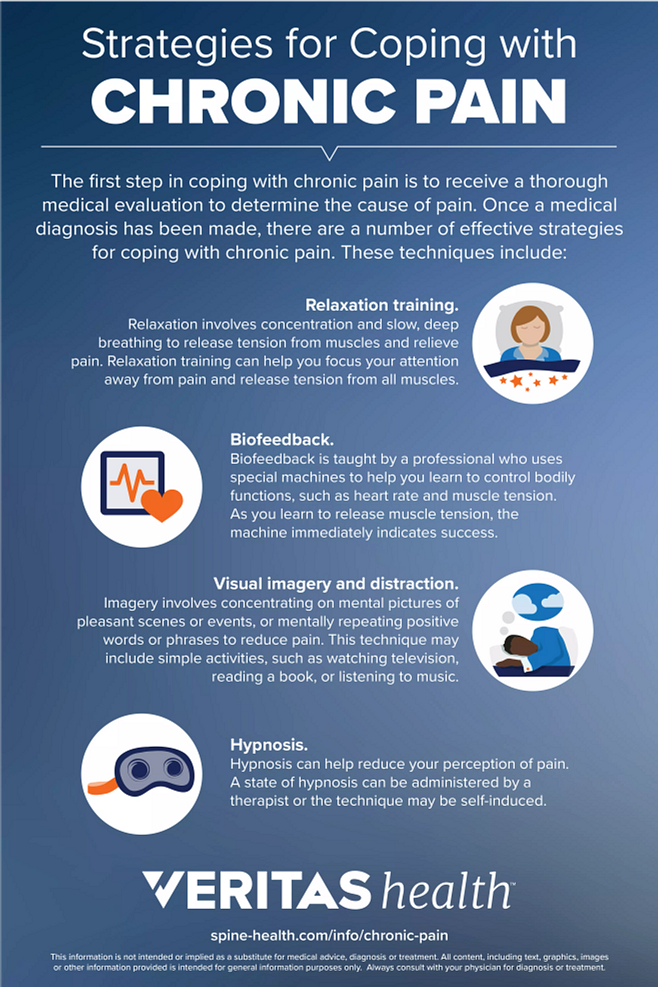
Image courtesy of www.spine-health.com via Google Images
Connect with Those Who Get It
When you chat with someone who has RA, they know firsthand the challenges you face. They understand the joint pain, inflammation, and the ups and downs of living with an auto-immune disease. Sometimes just having someone listen and say, “I get it,” can make a world of difference.
Share Tips and Tricks
Other people living with RA may have discovered helpful tips or techniques for managing the pain that you haven’t thought of. By sharing experiences, you can learn from each other and find new ways to cope with symptoms. It’s like having a team of friends who are all working towards feeling better together.
Find Encouragement and Support
Being able to talk openly about your struggles and triumphs with others who truly understand can provide a sense of camaraderie and encouragement. Sometimes just knowing you’re not alone in this journey can give you the strength to keep pushing forward.
| Tip Number | Tip Description |
|---|---|
| 1 | See a rheumatologist for proper diagnosis and treatment plan |
| 2 | Stay active with low-impact exercises like swimming or yoga |
| 3 | Use assistive devices like jar openers or reachers to reduce strain |
| 4 | Apply heat or cold therapy to relieve pain and inflammation |
| 5 | Manage stress through relaxation techniques or therapy |
| 6 | Eat a balanced diet to maintain a healthy weight and reduce inflammation |
| 7 | Get enough rest and quality sleep to allow your body to heal |
| 8 | Avoid smoking and limit alcohol consumption |
| 9 | Consider acupuncture or massage therapy for pain relief |
| 10 | Stay educated about your condition and treatment options |
Keep Track of Your Joint Health
It’s essential to pay attention to how your joints are feeling when you have rheumatoid arthritis (RA). By keeping track of your joint health, you can better understand what activities or treatments work best for you. Here are some simple ways to monitor and manage your joint health effectively.
Fun Journals and Trackers
One enjoyable way to keep track of your joint health is by using a daily journal or tracker. You can record how your joints feel each day, what activities you did, and how your body responded. This can help you identify any patterns or triggers that may be affecting your joint pain.
By jotting down your experiences, you can also share this information with your doctor or healthcare provider. They can better understand your symptoms and tailor treatment plans to suit your specific needs. Plus, tracking your joint health can be a fun and creative way to stay connected with your body and take an active role in managing your RA.
Don’t Forget to Laugh!
Laughter is not only a way to have fun but can also help with arthritis pain relief. When we laugh, our bodies release endorphins, which are natural painkillers that can help reduce the discomfort caused by rheumatoid arthritis.
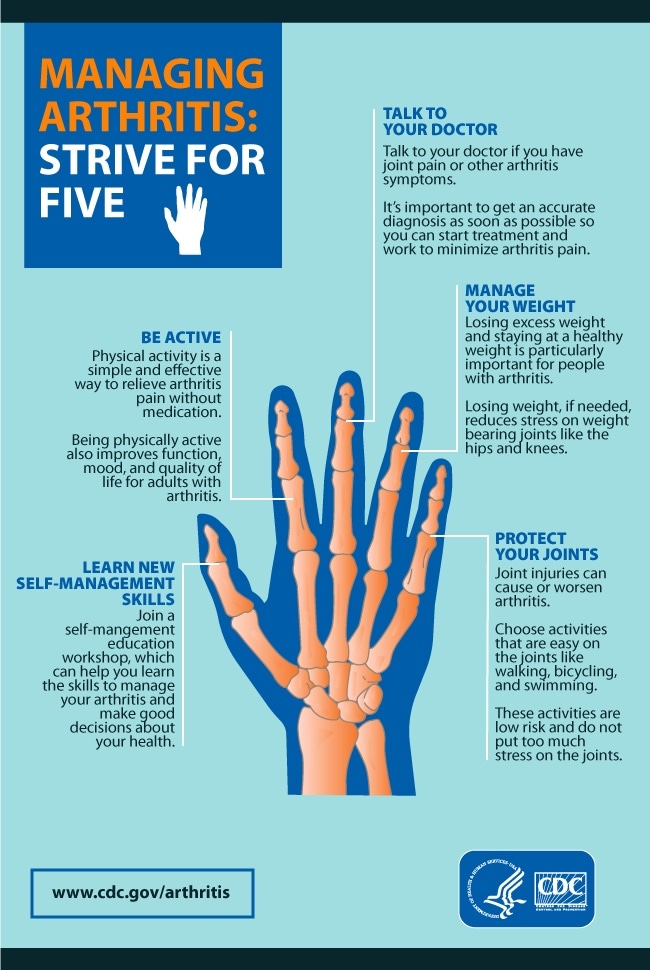
Image courtesy of www.cdc.gov via Google Images
Why Laughter is Important
Have you ever noticed that after a good laugh, you feel better overall? That’s because laughter can boost your mood, decrease stress levels, and even improve your immune system. All of these benefits can contribute to managing arthritis pain and inflammation.
How to Laugh More
Whether it’s watching a funny movie, spending time with friends who make you laugh, or reading a silly joke book, finding ways to add more laughter into your day can have a positive impact on your overall well-being and how you cope with arthritis pain.
Remember, even on tough days when arthritis pain is bothering you, taking a moment to find something to laugh about can make a big difference in how you feel. So, don’t forget to laugh!
Summary: Recap of Tips to Ease RA Pain
Managing rheumatoid arthritis (RA) pain can be challenging, but with the right strategies, it’s possible to find relief and improve joint health. Here’s a quick recap of the tips discussed in this article:
1. Eat Healthy Foods
Consuming anti-inflammatory foods can help reduce inflammation and support joint health. Some delicious options include berries, fatty fish like salmon, and colorful vegetables.
2. Try Some Gentle Exercise
Staying active with low-impact exercises like swimming, yoga, or walking can improve flexibility and reduce RA pain. Fun activities are a great way to keep moving without putting stress on your joints.
3. Warm Up Your Joints
Applying heat to your joints can help alleviate pain and stiffness. Enjoy a warm bath, use heating pads, or cozy up with a soft blanket to soothe your joints.
4. Chill Out the Swell
Cold treatments like ice packs can help decrease swelling and provide relief from inflammation in RA-affected joints. Try using cold therapy after activity or during a flare-up.
5. Take Breaks Throughout the Day
Managing RA pain involves pacing yourself and taking regular breaks to rest and recharge. Listen to your body’s cues and give yourself the time you need to recover.
6. Create a Relaxing Sleep Environment
Quality sleep is vital for joint health and managing inflammation. Improve your sleep environment by ensuring your bedroom is a comfortable, relaxing space that promotes restful sleep.
7. Explore RA Treatment Options
Discuss with your doctor about various treatment options available for managing RA symptoms. Medications and other therapies can help control inflammation and pain, improving your quality of life.
8. Talk with Others Who Understand
Connecting with others who have RA can provide valuable support and understanding. Sharing experiences and tips with fellow patients can help you feel less alone in your journey.
9. Keep Track of Your Joint Health
Monitoring how your joints respond to different activities and treatments can help you identify patterns and make informed decisions about your care. Consider using a journal or tracker to record your daily experiences.
10. Don’t Forget to Laugh!
Laughter is a powerful tool for reducing stress and improving overall well-being. Make time for fun activities and enjoy moments of joy to help manage RA pain and enhance your quality of life.
FAQs
What is rheumatoid arthritis?
Rheumatoid arthritis, often shortened as RA, is a type of auto-immune disease that affects the joints in your body. This means that the body’s immune system, which usually fights off infections and keeps you healthy, mistakenly attacks the joints, causing pain and swelling.
Can eating certain foods help with RA pain?
Absolutely! Eating certain foods known as anti-inflammatory foods can help reduce inflammation in your body and in turn, ease RA pain. Foods like berries, fatty fish, turmeric, and leafy greens are known to be great for joint health.
Do I always have to use medicine for RA pain?
While medicine can play a crucial role in managing RA pain, there are other ways to help reduce the pain as well. Eating healthy, staying active, applying heat or cold to your joints, and getting enough sleep are all important in managing rheumatoid arthritis alongside any prescribed medications.





